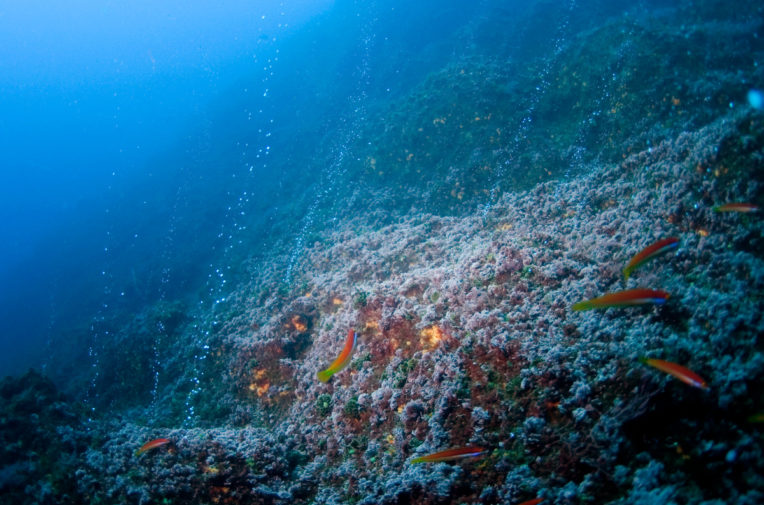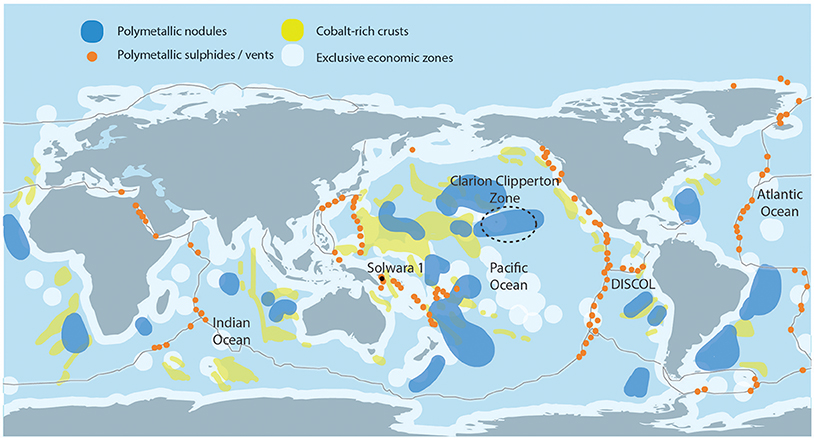Greenpeace GB heeft samen met de makers van Wallace and Gromit een animatievideo met zeeschildpadden uitgebracht, hierin aandacht voor de vervuiling van de oceanen met de nadruk op de plastic- en olievervuiling. (inclusief niet te vergeten het belachelijk grote aantal gekapte visnetten en honderden kilometers aan vislijn, deze vallen overigens onder de noemer plastic…..)
Ontving gisteren de mail plus video en dacht dat Greenpeace Nederland de versie met onze taal wel klaar had staan, plus de petitie die je kan tekenen om ‘onze regering’ te pressen actie te ondernemen, maar helaas (zoals zo vaak) niets daarvan op de site van deze milieuorganisatie, al schijnt men gisteren wel de ondertitelde versie te hebben geplaatst. Via via vond ik deze op het net, echter op de site van Greenpeace NL was en is deze niet te vinden, nog wat langer gezocht en kwam er toen achter dat de ondertitelde versie van Greenpeace… België komt!
Daar ik toch op de site van Greenpeace Nederland ‘zat’ even gekeken wat men nog meer had en zo zag ik een petitie voor de Australische regering i.v.m. met de bosbranden, waarvoor je kon tekenen, helaas de petitie is bedoeld voor Australiërs en was opgesteld in het Engels…..Australië is de grootste steenkool exporteur van de wereld, nu al wordt er 1 miljoen ton per dag geëxporteerd en als Siemens* en andere bedrijven klaar zijn met de grootste kolenterminal ter wereld, waarvoor een kanaal dwars door het Grote Barrièrerif wordt gegraven, zal deze al achterlijk grote hoeveelheid nog flink worden overtroffen…..
De regelmatige lezer van dit blog weet wel dat ik niet veel op heb met het luie Nederlandse Greenpeace en helaas ben ik ten overvloede nog eens bevestigd in mijn oordeel…… Ook leuk op de Nederlandse site: een gerecht voor de kerst…… Tja het is 16 januari 2020, helaas zit Greenpeace Nederland nog voor de kerst, vandaar ook dat men de animatievideo niet had en men geen tijd had om een petitie voor de Australische regering in het Nederlands op te stellen,…..’Logisch toch’ e.e.a. heeft natuurlijk alles te maken met de jaarlijkse drukte voor de kerst bij Greenpeace……. Ongelofelijk……
Hier de Britse versie, je hoeft niet naar de petitiepagina te gaan daar we toch niet kunnen tekenen, echter de korte video kan je starten vanaf deze pagina:
Turtle Film
Sophie
Durant, Greenpeace via bounce.bluestatedigital.com
Right
now, only 1%
of our global oceans are protected.
Overfishing, plastic pollution, oil drilling and climate breakdown
are gutting our oceans of life and destroying delicate ecosystems.
It’s
a tragedy we need to act on before it’s too late.
That’s
why we’ve worked with a great cast of actors including Dame
Helen Mirren and
Olivia
Colman
and the creators
of Wallace and Gromit
to make a powerful short film about the impact reckless industries
are having on ocean life. It
tells the heartbreaking story of a turtle family trying to get home,
in an ocean that desperately needs protection.
We need as many people as possible to know about the urgent crisis
unfolding in our oceans if we’re going to change it. Will
you take 2 minutes to watch this video and share it with your friends
and family?
The plight of sea
turtles represents the suffering of our oceans as a whole. Like the
turtle family in the film, sea turtles in real life are under intense
stress from destructive industries. Six
out of the seven sea turtle species are threatened with extinction
due to the pressures of multiple ocean threats [1].
And
it’s more than just turtles at risk. Studies
have shown marine life is disappearing at twice the speed of life on
land [2]. This
is a reality we can’t accept — and crucially we don’t have
to.
Scientists
have a plan that would help heal our oceans.
If we can create a vast network of sanctuaries – areas off-limit to
destructive industries – we’ll give wildlife a chance to recover
and thrive [3]. And for the first time in history, there’s a
process underway to make this possible: a UN Global Ocean Treaty.
To
secure a strong treaty, we need as many people as possible to show
the world why our oceans matter. Will
you watch and share this powerful short video to help spread the
word?
It’s
a little-known fact that keeping our oceans healthy and teeming with
life is not just the right thing to do, it’s
crucial for ensuring our survival too [4].This
is because the vast array of amazing life in our oceans is one of our
best allies in the fight against climate breakdown. Sea
creatures naturally capture climate-wrecking carbon and store it
away. This is why it’s so important that we give our oceans a
fighting chance.We can change the fate of our oceans, but first we need people to
know that they’re in crisis. Will you help get the word out?
Thanks
for all you do,
Sophie and the Oceans team
Greenpeace UK
Notes:
[1]
https://iucn-mtsg.org/about-turtles/
[2]
https://www.smithsonianmag.com/smart-news/ocean-dwelling-species-are-disappearing-twice-quickly-land-animals-180972040/
[3]
https://www.greenpeace.org.uk/challenges/ocean-sanctuaries/
[4]
https://www.greenpeace.org.uk/news/30×30-groundbreaking-scientific-study-maps-protect-third-worlds-oceans-2030/
====================================
* Siemens heeft de laatste jaren al een aantal keren geprobeerd zich een duurzaam imago aan te meten, maar weigert botweg het contract voor de kolenterminal op te zeggen……. Laten we producten van Siemens de komende jaren niet meer aanschaffen, boycotten dat tuig!!
Zie ook:
‘Australië: steenkoollobby werkt samen met de regering nog veel meer bosbranden in de hand‘ (De Australische tak van Greenpeace werkt heel wat beter dan de Nederlandse versie. Voor meer berichten over o.a. de bosbranden in Australië, klik op de links in dat bericht)
Voor meer berichten over de plasticvervuiling, diepzeemijnbouw, luchtvervuiling , waterverontreiniging, klimaattoppen, klimaatverandering enz., klik op het betreffende label, waar ik tevens de grootste onverantwoorde smeerpijpen noem, die men als oliemaatschappij aanduidt.
Krijg de opmaak niet op orde, mijn excuus.





